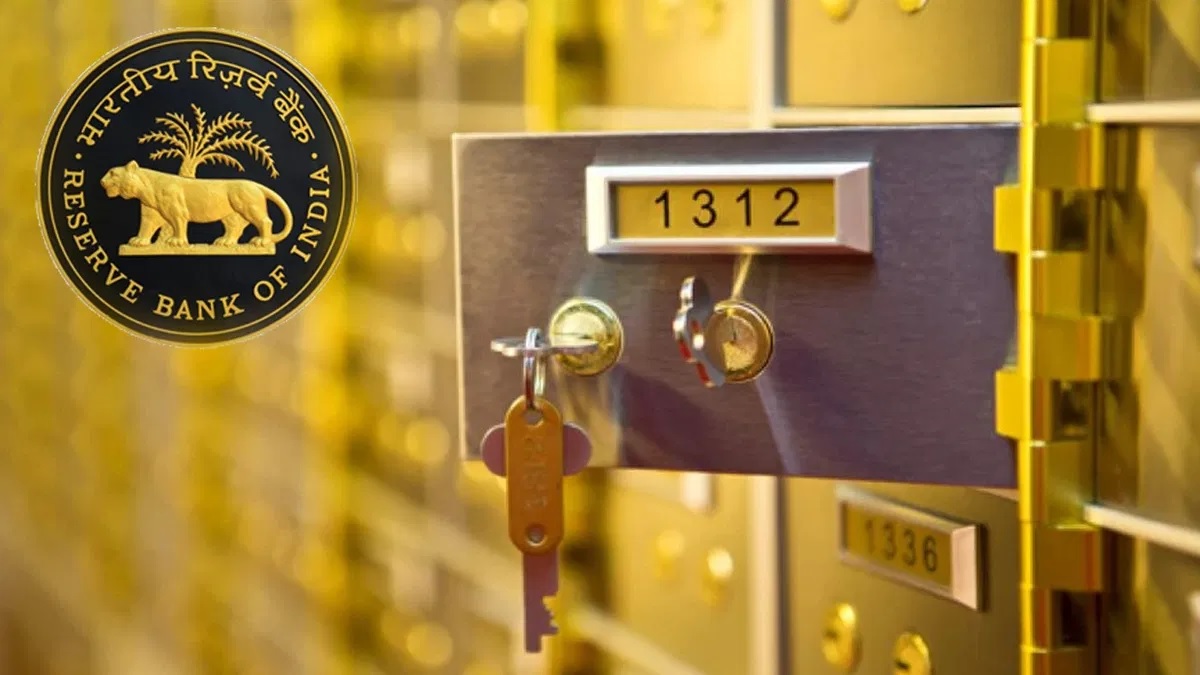A bank locker is a secure facility where you can keep jewelry, documents etc. The rent depends on the size and city (₹1000₹10,000+ GST). A bank account is necessary to get a locker. Security is strong, but in case of loss, the bank gives limited compensation. It is wise to take private insurance. RBI has made clear rules for this.
As soon as we hear about keeping our valuables safe, we think of a bank locker. Just like you get peace of mind by depositing your money in the bank, you can also be tension free by keeping your jewellery, important documents and other valuables in a bank locker. Banks provide this special facility to their customers so that your belongings remain completely safe. But if you are also thinking of getting a bank locker, then first know about its rules, charges and security thoroughly.
A bank locker is a kind of safe deposit box in which you can keep your valuables safe. Be it gold or silver jewellery, property papers, will or any other important thing, you can keep them in the locker. These lockers are kept in the bank’s secure vault, which is specially made to protect against theft, fire and natural disasters. For this you have to pay rent to the bank, which is charged annually.
How much is the locker rent?
The rent of a bank locker depends on the size of the locker and the location of the bank branch. If you take a bank locker in a village or small town, the annual rent of a small size locker can start from Rs 1000. On the other hand, if you take a big locker in a metro city like Delhi, Mumbai or Bangalore, you may have to pay up to Rs 10,000 every year. Apart from this, GST is also levied on the rent, which adds to the total cost. Some banks also ask for a security deposit for the locker, which is returned on surrendering the locker, provided there is no outstanding amount.
There are some important conditions to get a locker. First of all, you must have a savings or current account in that bank. This account is linked to your locker so that the bank can get a record of your identity and transactions. Some banks also want your account to be active for at least 6 months and have a good balance. If you are a new customer, some banks may put a condition of opening a fixed deposit (FD), which acts as security for the locker rent.
How safe are your things?
The biggest feature of a bank locker is its security. These lockers are kept in the bank’s high-security vault, which is monitored 24/7 by CCTV cameras, burglar alarms and security guards. Two keys are required to open the locker – one with you and the other with the bank. Some banks also use biometric verification. These vaults are designed to protect against natural disasters like fire, water and earthquake. But note, if the items kept in the locker get damaged due to some reason and there is no negligence of the bank, then the bank will not be responsible for it. In such a situation, you can get your valuables insured, so that you can get compensation in case of any loss.
RBI Terms and Conditions
The Reserve Bank of India (RBI) has made some rules to make the locker facility more transparent. According to the rules in 2021, all banks have to use a standard locker agreement form. The rights and responsibilities of you and the bank are clearly written in this agreement. Also, you are required to visit your locker at least once in 5 years. If you do not use the locker for a long time, the bank can give you a notice. If the rent remains unpaid for 3 years, the bank can break the locker and recover its dues by selling the goods.
You can keep things like jewelry, important documents, small collectibles, wills, bonds, share certificates and family heirlooms in the locker. But some things are prohibited to be kept in the locker, such as cash, weapons, drugs, explosive materials, perishable items and any illegal items. If you keep cash, it is against RBI rules and you will not even get compensation in case of loss.
How to use the locker?
The locker can only be used during the bank’s working hours. Whenever you go to open the locker, the bank checks your identity and records your visit. Some banks offer 12 free visits in a year, after which they may charge Rs 100 + GST for each visit. Both your key and the bank’s guard key are required to open the locker. If you lose the key, the bank may charge you the cost of making a new key or breaking the locker.
According to RBI rules, if the contents of the locker are damaged due to theft, fire or fraud by a bank employee, the bank will pay only 100 times the annual rent. That is, if your locker rent is Rs 5000, then you will get a maximum compensation of Rs 5 lakh. But if you have kept gold or diamonds worth lakhs, then this amount will be much less. Therefore, it is wise to get private insurance for your belongings.
